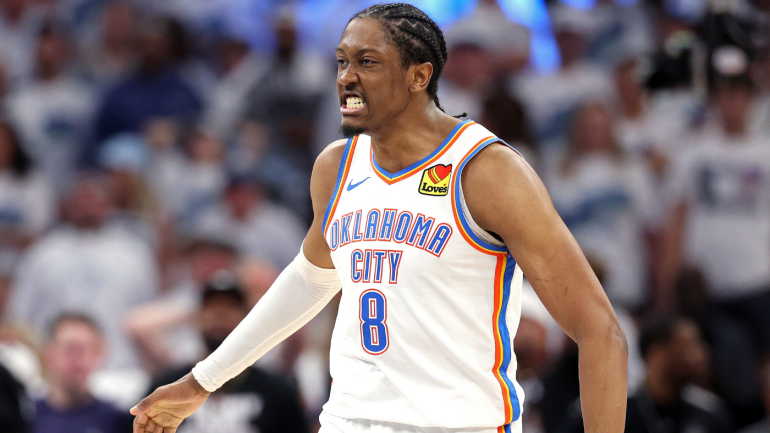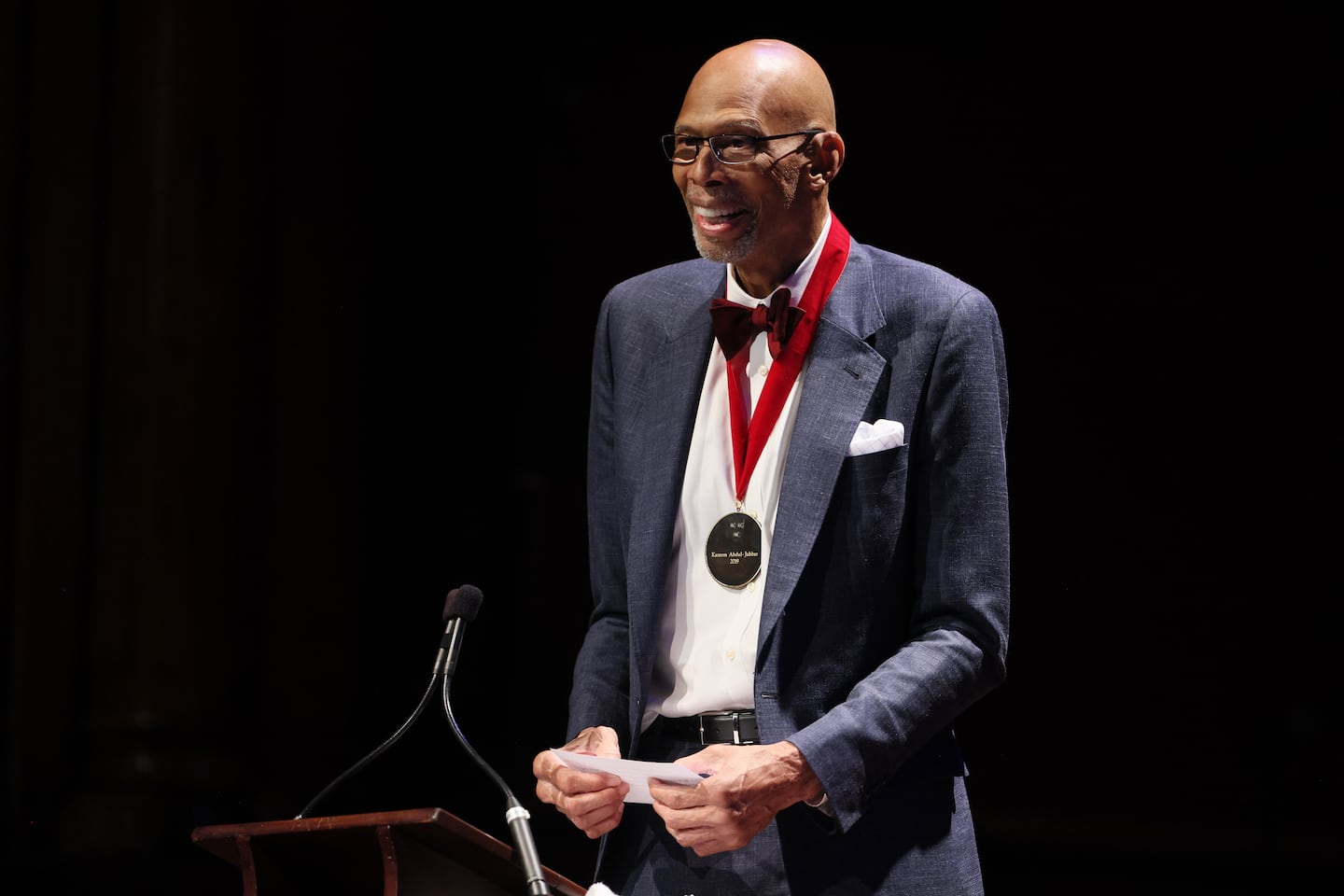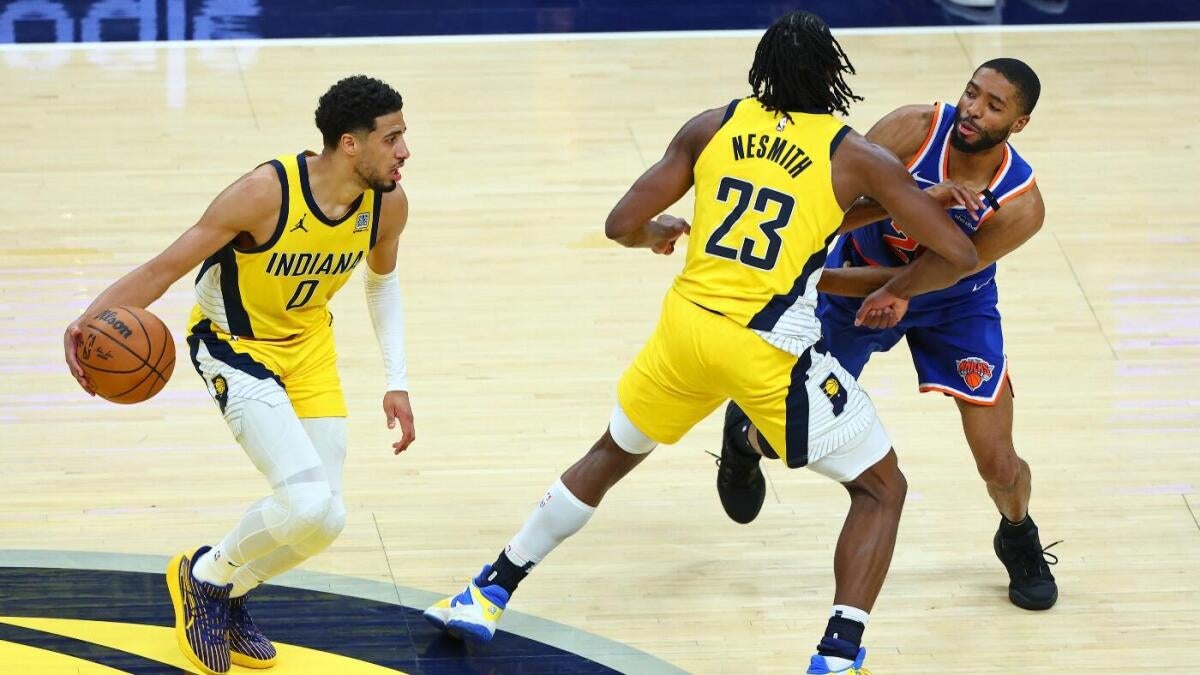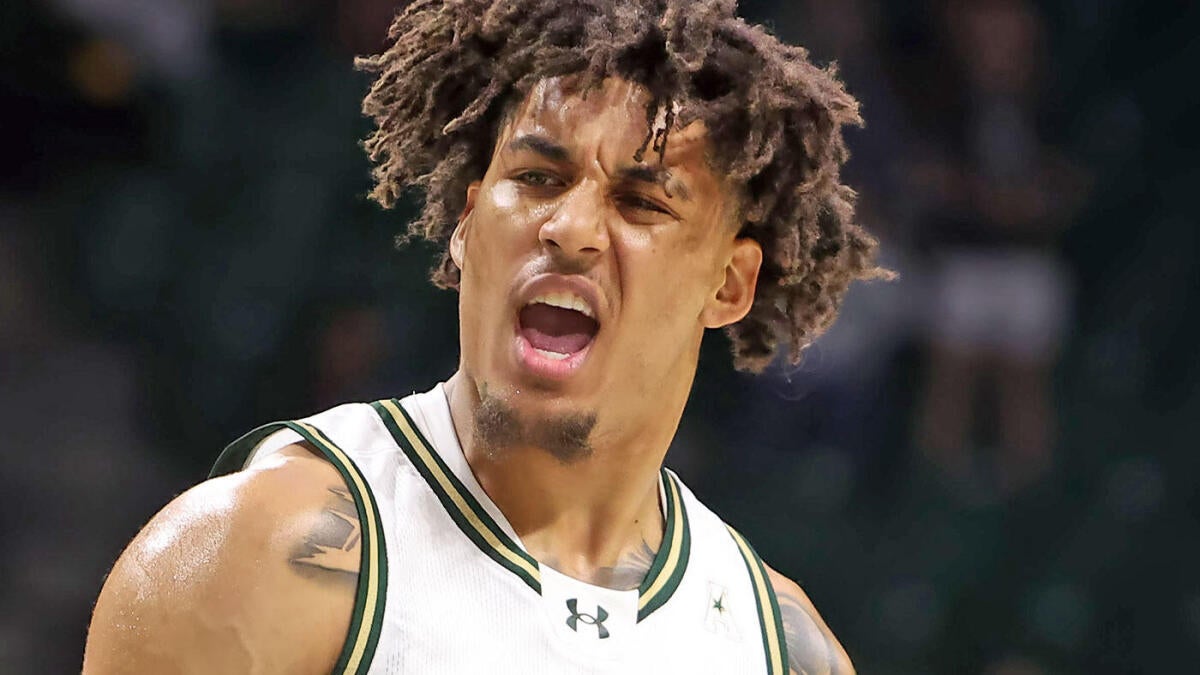
The last 10 seconds of a great NBA basketball game, this time the Oklahoma City Thunder’s 128-126 victory over the Minnesota Timberwolves to take a 3-1 Western conference finals lead on Monday, were ruined by an all-too-familiar and increasingly ridiculous rule glitch that the league refuses to fix.
You’re not going to find anything new in the description of the following sequence, which reduced a thrilling final few minutes of an NBA conference finals game to 10 seconds of paint drying. You have seen this exact scenario play out hundreds of times if you follow the NBA. Team A is winning by three points in the closing seconds, so it fouls Team B, intentionally, to keep it from attempting a potential game-tying 3-pointer.
In this case, the Thunder were Team A. They were up 126-123 after Shai Gilgeous-Alexander missed a free throw with 7.1 seconds to play. This should have been the most exciting part of a wildly exciting game. Everyone, from the fans in the arena to everyone watching on TV around the world, should have been on the edge of their seats. Except we all knew what was coming. An intentional foul. Which Lu Dort committed on the initial inbounds pass, and then again a tenth of a second later to send Naz Reid to the free-throw line.
Reid makes both. Minnesota is down one. They foul. Also intentionally. More free throws. SGA makes both, and we’re right back where we started, with Minnesota down three, only now the clock is down to six seconds. The Wolves are out of timeouts, so they have to take the ball the full length of the court. Alex Caruso allows Anthony Edwards to take a few dribbles up the court to kill three seconds, then fouls. Intentionally. There is no question about this. It is literally logged as a “take foul” in the play-by-play feed.
It is here that I will remind you that the NBA has amended, rightly, its rulebook to punish “transition take fouls” that are committed intentionally to stop a fast break. Why? Because fast breaks are exciting, and fouls aren’t supposed to help the offending team. There is no difference with these up-by-three take fouls, which eliminate the possibility of a game-tying shot and, by extension, help the offending team.
Minnesota doesn’t want two free throws here. It needs three points. In football, you can decline penalties, and perhaps the same option should be available to you in basketball. Imagine a football team up by six points, on defense, just being allowed to commit a penalty that forces the team down by six to kick a field goal instead of attempt a game-tying throw to the end zone?
It wouldn’t happen. In football, if you commit a penalty, you are punished. All it does is move the offensive team even closer to the end zone. You cannot take away their game-tying opportunity no matter how many ways you try to manipulate the rules. Same thing in baseball. If you have a one-run lead with two outs in the ninth inning, you cannot take away the final at-bat of the game. You walk the guy at the plate? You have to pitch to the next guy. You walk enough guys, and the tying run scores. You cannot help yourself by doing something that is, by rule, designed to hurt you.
Why can’t basketball figure this out? There are myriad ways to address it. Again, these are obvious take fouls, which are already in the rule book and are punished by awarding two free throws plus possession to the team that gets fouled. Enforce up-three fouls the same way, and you will never see one again. They will be gone, poof, just like that, and 10 years from now every fan in the world will only be asking what the hell took the NBA so long to do this.
Or, as suggested above, give the team that is fouled the option to decline the penalty. Put the original time back on the clock, take the ball out of bounds, and two take fouls in a row is a technical. Two shots plus the ball. Yet again, this crisis would be over the very next day. No more up-three fouls sucking the life out of what should be the most exciting time of the game.
Or what about this? If the team that is up three fouls outside the 3-point line, whether it’s on the shot or not, it’s three free throws. The league currently punishes intentional fouls on bad free-throw shooters inside the final two minutes. Why would this be any different? It’s literally the same logic. The league has decided that you shouldn’t be allowed to send a player to the free throw line if it does not benefit that player, and by extension his team, to be there. That’s the spirit of free throws. They are supposed to be rewards.
When you’re down three, you are not being rewarded with two free throws. You are being punished. And so are the fans, who on Monday were robbed of a potential game-tying shot in the name of watching Edwards march back to the free-throw line, where he made the first and missed the second on purpose before the game ended on a desperation out-of-bounds heave that was batted down in the most anticlimactic way possible.
Fascinating stuff.
This cannot be overstated: These playoff games are the marquee marketing opportunities for a league that some will tell you is losing popularity, or at least is having to battle harder and harder for the eyeballs of modern fans with endless entertainment options at their fingertips. And just when the tension should be set to potentially explode, the game ends with one team fouling on purpose and the other team missing on purpose?
This is like the guy at the park who keeps picking up his dribble and firing shots off the backboard so he can get his own rebound. It’s a gimmick. And it has no place in an NBA game, let alone a playoff game.
Now, let’s address the hypocrisy at play here. The team that is losing is also intentionally fouling to extend the game. The Wolves did this on Monday, as every trailing team in basketball does in the closing seconds. That’s why Gilgeous-Alexander was at the free-throw line in the first place. If the Thunder are going to be punished for intentionally fouling, why shouldn’t it be the same for the Wolves?
It’s a fair question, and it just so happens to have an obvious answer. It’s called the Elam Ending. The NBA tried it out in a couple All-Star games. If you’re not familiar with the Elam Ending, it goes like this: At the four-minute mark of the fourth quarter, the clock gets turned off and the teams play to a target score — usually eight points from the number of the team that is ahead.
In Monday’s game, the Thunder were up 113-109 with four minutes to play. You shut the clock off and play to 121. This completely removes fouling from the equation, as any point your opponent scores only pushes them closer to the winning number.
If you’re losing, you can’t foul on purpose. You don’t even need to. You’re not playing against the clock. You’re only playing to keep the other team from scoring. Same thing if you’re winning. You have no incentive to allow free throws. You just play defense on one end and try to score on the other. In other words, you play basketball.
What happened at the end of the Thunder-Wolves game on Monday, and what we have watched play out at the end of games pretty much since it was being played in peach baskets, is not basketball. It’s a gimmick. And it’s time for it to stop.
There are plenty of easily implementable enforcements to make this happen. If the Elam Ending is too radical for you, fine. Institute any of the options I listed above. Or do something else. Anything else. Just get in a room and figure it out. Because I assure you, nobody wants to watch this. Free throws are like streaming service ads. You watch them because you’re forced to, and you skip them the instant it becomes an option. Take note, NBA. Before your audience, even if only a small subset of it, starts skipping you.



